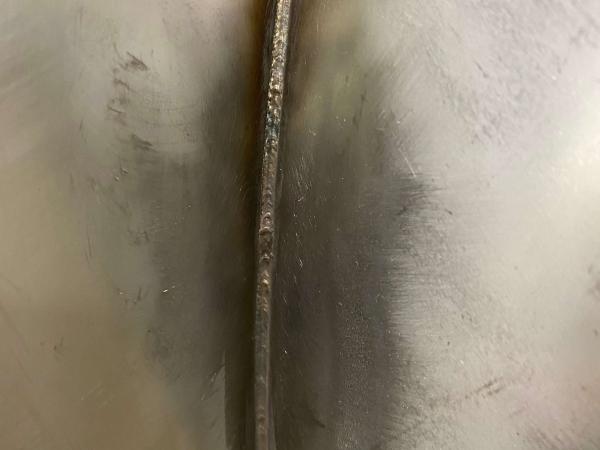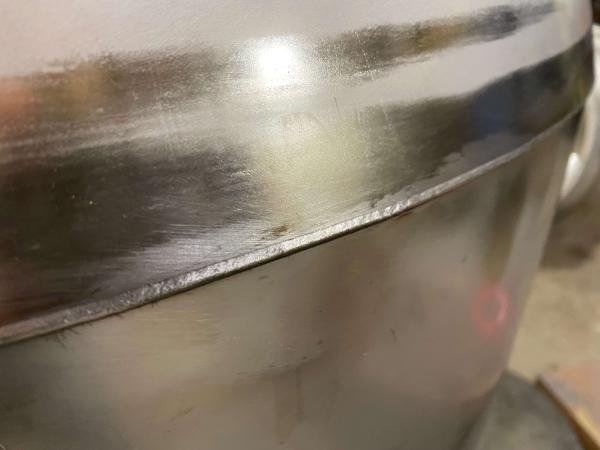Hygienic Ductwork
Hygienic ductwork is commonly used in healthcare facilities, food processing plants, pharmaceutical facilities, and other industries where air quality and cleanliness are critical. Pierce Steel’s hygienic ductwork is an important aspect of maintaining air quality and cleanliness in buildings where contamination can pose a significant risk to human health and safety.
The following are some key features of our hygienic ductwork:
- Smooth and Cleanable Surfaces: Pierce Steel’s hygienic ductwork has smooth and cleanable surfaces, which prevent the accumulation of dust, debris, and other particles that can harbor harmful microorganisms.
- Airtight Construction: Our hygienic ductwork is constructed to be airtight, preventing air leakage and the infiltration of contaminants from outside the duct system.
- Antimicrobial Coatings: Our hygienic ductwork systems may be coated with antimicrobial agents, which help to prevent the growth of microorganisms within the ductwork.
Pierce Steel has extensive experience producing hygienic ductwork. Hygienic ductwork is a type of HVAC ductwork that is designed and constructed to minimize the risk of contamination from microorganisms and other airborne particles. All of our custom hygienic ductwork is welded with our state-of-the-art laser welding systems. Our laser welding systems offer the following advantages:
- Precision: Laser welding allows for precise control over the heat input and the location of the weld, resulting in a high-quality and consistent weld joint.
- Speed: Laser welding can be performed at high speeds, which can result in shorter cycle times and increased productivity.
- Versatility: Laser welding can be used to join a wide range of materials, including metals, plastics, and ceramics, with minimal distortion or damage to the material.
- Reduced Heat Input: Laser welding typically involves lower heat input compared to other welding methods, which can help to reduce distortion, heat-affected zones, and overall thermal stress.
- Automation: Laser welding can be easily automated, allowing for greater consistency and efficiency in production processes.
- Less Material Waste: Because laser welding requires minimal heat input, there is often less material waste and lower consumable costs compared to other welding methods.
- Flexibility: Our system has built-in pre- and post-weld cleaning for producing higher quality welds.
Not finding what you are looking for?








